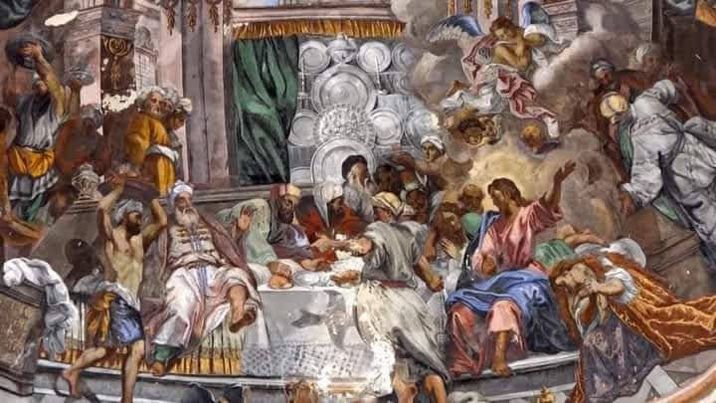The single-order façade has a vertical aspect and the door, topped by a high window, is connected by elegant oval windows. In the area of the attic is the door with a broken tympanum, adorned with cherubim and floral motifs of Rococo taste, and completed by the coat of arms of the order and a niche with the statue of Saint Benedict. A side body held the bell tower, now demolished. On the northern side opens an eighteenth-century architravata door, adjacent to a contemporary added body. Inside a large room with vaulted all center. On the wall of the apse, without the ancient and wooden high altar, the Ascension, by unknown author of the eighteenth century. It was flanked by four oval paintings with scenes from the life of Jesus. Removed also two paintings mistilinee: La fuga in Egitto and Madonna with San Michele Arcangelo.
On the left wall the two altars were surmounted by two altarpieces, Baptism of Jesus and Saint Benedict, while on the right the Nativity and Holy Scholastic. In the apsidal basin is preserved the fresco of Mary Magdalene washing the feet of Jesus by Scipio Manni. At the high altar remains the Transfiguration within a richly carved and gilded frame. The room is surrounded by a spectacular stucco decoration with vegetable and puttini motifs, animated by large windows that flood with light.
